S-20
Exterior Photos
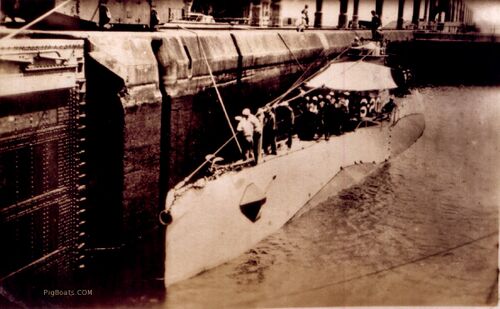
A lock gate can be seen on the left and behind the submarine is another gate. The lock behind is higher than the shown lock which means the submarine is descending to sea level. She may be in a center lock or the last lock. It is unclear which direction she is proceeding.
The time frame is prior to her March 1924 to February 1925 conversion, when she became an engineering test platform, testing a variety of engine configurations. Her standard S-class bow was replaced with a radical new bow to test the sea keeping and submerged abilities of the new design. This type bow was to be used in the next class of submarines, the V-class and in a modified version was used in the later WWII boats and became known as a "fleet bow".
Photo from an original post card in the private collection of Ric Hedman
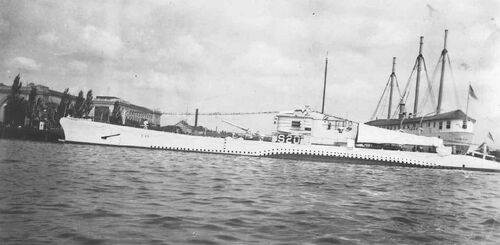
U.S. Navy photo
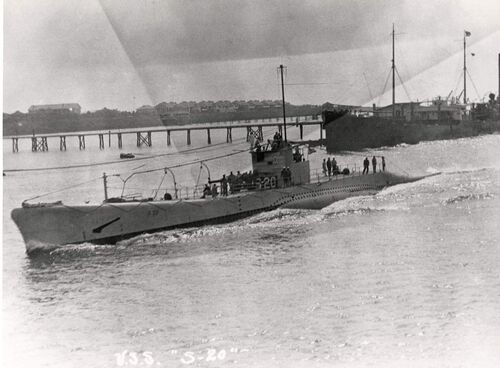
USN photo # NH 94167 via NHHC.
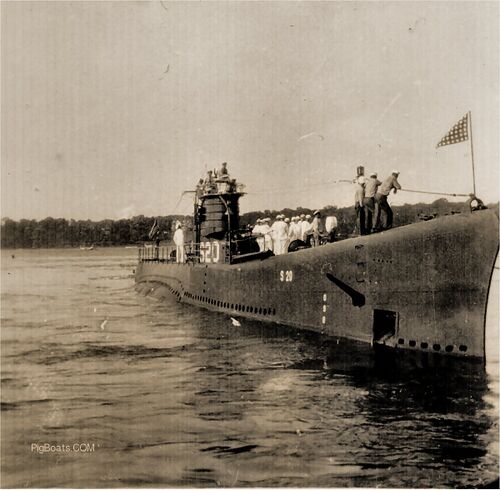
Note that the submarine is anchored. The anchor chain can be seen running out the anchor housing fairing. There are sailors in both whites and dungarees on deck. Those in whites are actually Midshipmen from the academy, aboard to get a feel for submarine operations. The shape and color of their headgear indicates their status. Those not in whites are men from the crew and they comprise the inport duty section.
Photo in the private collection of Ric Hedman

U.S. Navy photo

Photo provided by Stan Lintner, from the Lintner Family Collection. Used with permission.

Photo provided by Stan Lintner, from the Lintner Family Collection. Used with permission.
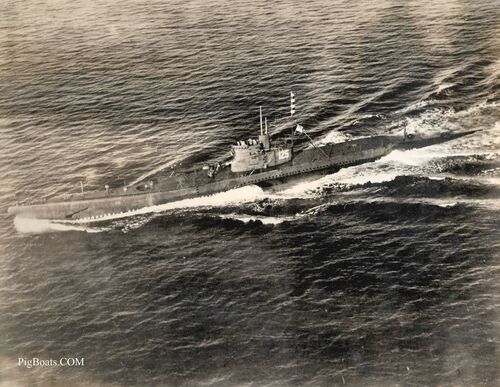
S-20 underway in the Atlantic, in 1945 near the end of the war. The S-20 had been engaged in engineering test work for over 15 years. She was chosen to test a prototype shape for snorkel technology then just being developed by the USN, based on a Dutch design. The prototype can be seen mounted on a thin mast just aft of the fairwater. This particular prototype was not connected to the engine room ventilation in any way. It was intended to test water flow around the snorkel head and test the operation of an early design of the head valve, which was intended to shut when the head dipped below the waves. The data gained from the S-20 tests was incorporated into a working design, which was installed for initial testing on the USS R-6 (SS-83) in August, 1945 in Florida waters. Much more work was needed to refine the design for fleet use, and the first operational model was installed on the USS Irex (SS-482) in 1947. The snorkel was a key piece of technology that came into heavy use during the post-war era, but was just a little too late for WWII.
The S-20 is almost unrecognizable from her original configuration, having been heavily modified in the late 1920's when she became an engineering and concept development boat.
USN photo in the private collection of Ric Hedman.
Internal Photos
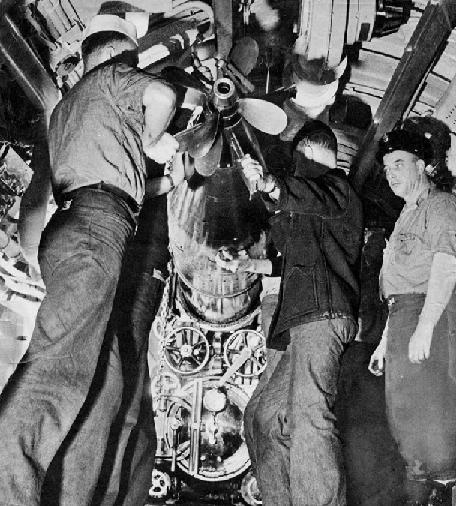
Photo provided by Stan Lintner, from the Lintner Family Collection. Used with permission.
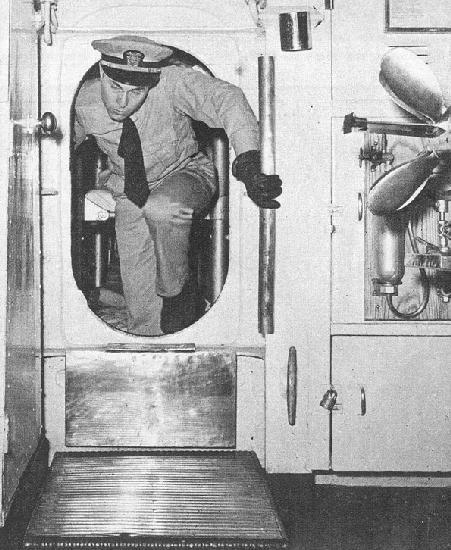
Photo provided by Stan Lintner, from the Lintner Family Collection. Used with permission.
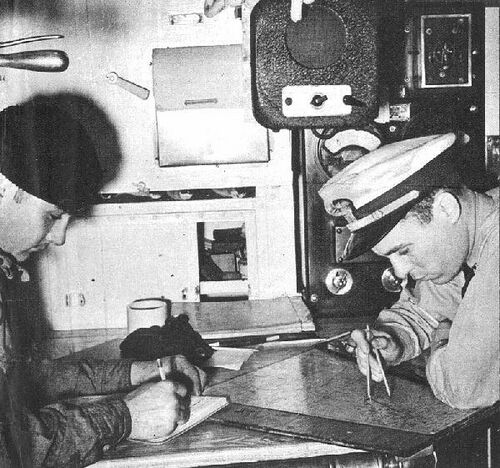
Photo provided by Stan Lintner, from the Lintner Family Collection. Used with permission.
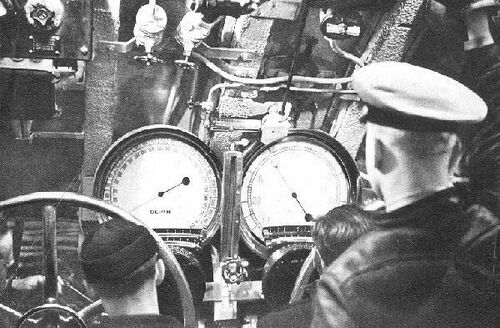
Photo provided by Stan Lintner, from the Lintner Family Collection. Used with permission.

Photo provided by Stan Lintner, from the Lintner Family Collection. Used with permission.
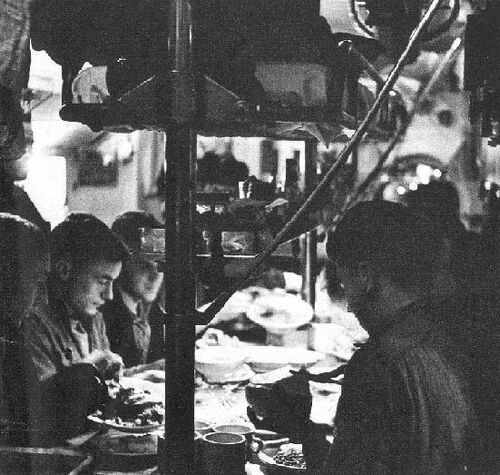
Photo provided by Stan Lintner, from the Lintner Family Collection. Used with permission.

Photo provided by Stan Lintner, from the Lintner Family Collection. Used with permission.
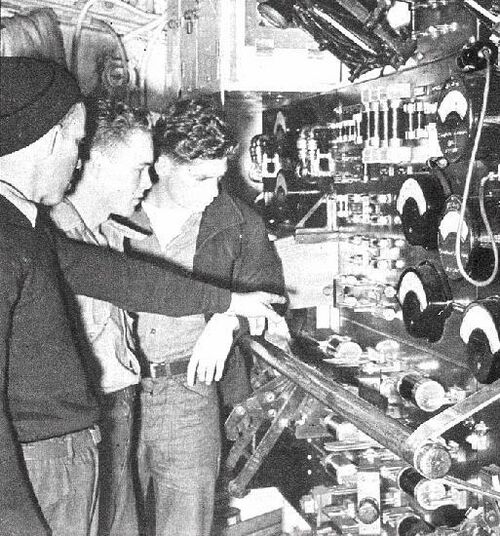
Photo provided by Stan Lintner, from the Lintner Family Collection. Used with permission.

Photo provided by Stan Lintner, from the Lintner Family Collection. Used with permission.

Photo provided by Stan Lintner, from the Lintner Family Collection. Used with permission.
Page created by:
Ric Hedman & David Johnston
1999 - 2023 - PigBoats.COM©
Mountlake Terrace, WA, Norfolk, VA
webmaster at pigboats dot com
